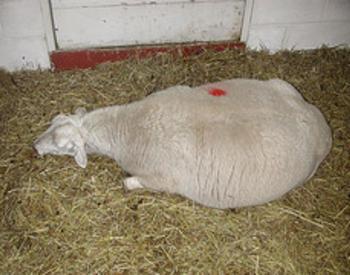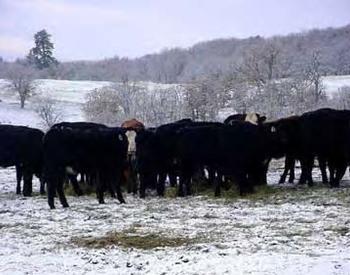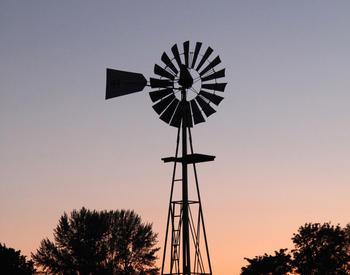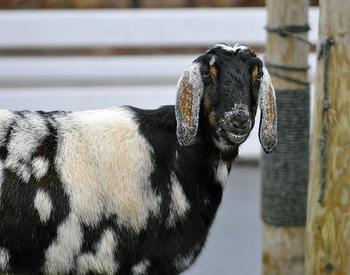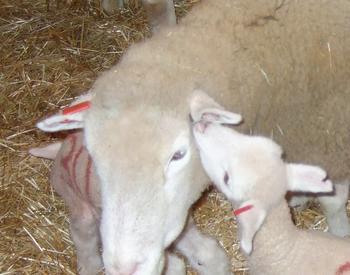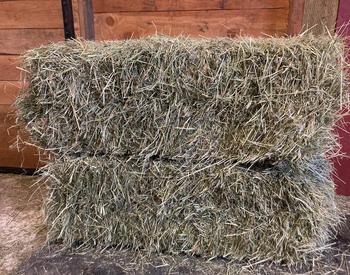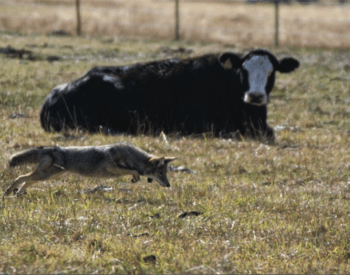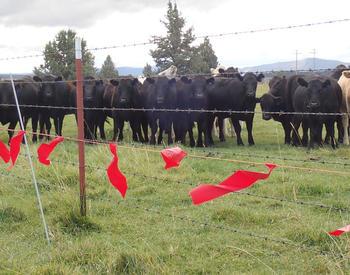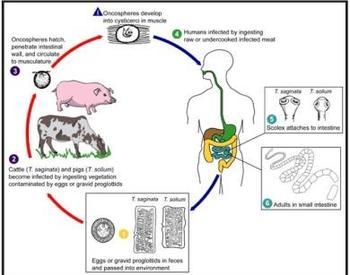Transcript
Sheep & Goats building flock or herd 2
Welcome to Living on the Land, an award-winning source of useful information brought to you by your Oregon State University Extension Service. So you've looked around and talked to people and you know what breed of sheep or goat you want, and you know what your goals are for raising livestock. Now it's time to invest in healthy, high-quality foundation animals for your herd or flock. If you start with healthy animals, you won't have to spend a lot of time, money, and effort later to stamp out diseases you brought home.
Try to buy locally. Local animals are more acclimated to your area, and livestock stress and transportation costs will be lower. It's also easier to find out about the seller's reputation for healthy animals and their willingness to stand behind the sale. To find healthy, high-quality animals, talk with your Extension office and local veterinarians. It could mean contacting local livestock growers, breed associations, or 4-H clubs. Check your local regional newspapers, especially the ones about agriculture. An internet search gives you a lot of sources, but be careful. It can be hard to confirm an internet seller's claims about the health and quality of their livestock.
Here's another tip. Never buy breeding animals from sale yards. You won't know the health history, age, reason for sale pedigree of these animals, or whether they might be pregnant.
Sale yard animals can carry serious, contagious diseases too. So when you go to choose your animals, it's a good idea to take someone with you who knows what's normal and what's not. Ask to see the sire, dam, and siblings of the animals you might buy. Check out the overall health of the entire herd or flock, especially the older animals. Healthy older animals can be a sign of good genes, excellent care, and no serious diseases. Here are some signs of good health to look for, both in individual animals and in the whole herd or flock. Good body condition, appetite, teeth, and structure.
We also call this confirmation. They have nice coats or fleece and healthy hooves. The animals are alert and responsive. Their eyes are bright and there are no signs of internal or external parasites, coughing, or abnormal swelling or discharge.
The animal's manure, lymph nodes, and reproductive organs are normal. And finally, they have normal TPR. TPR stands for temperature, pulse, and respiration. Normal temperature is from 101.3 to 103.3 Fahrenheit. Normal pulse is 70 to 80 beats per minute. Normal respiration is 16 to 34 breaths per minute. But remember that normal can vary depending on the animal's exercise, diet, environment, age, and health. For more information on getting started raising sheep and goats, contact your local extension agents, veterinarians, natural resources conservation service, or soil and water conservation district. Technical and financial assistance is available for landowners wishing to address resource concerns on their property.
The podcast guides obtaining healthy foundation animals for a sheep or goat herd, focusing on the benefits of local sourcing and cautioning against buying from sale yards. It highlights signs of good health in animals and suggests consulting local resources for further assistance.
This is from the Living on the Land series. Download the related PDF - Living on The Land: Getting Started with Sheep and Goats
The phrase “Living on The Land” is used with permission from Living on The Land Stewardship for Small Acreage, © 2008, UNCE/WSARE.

